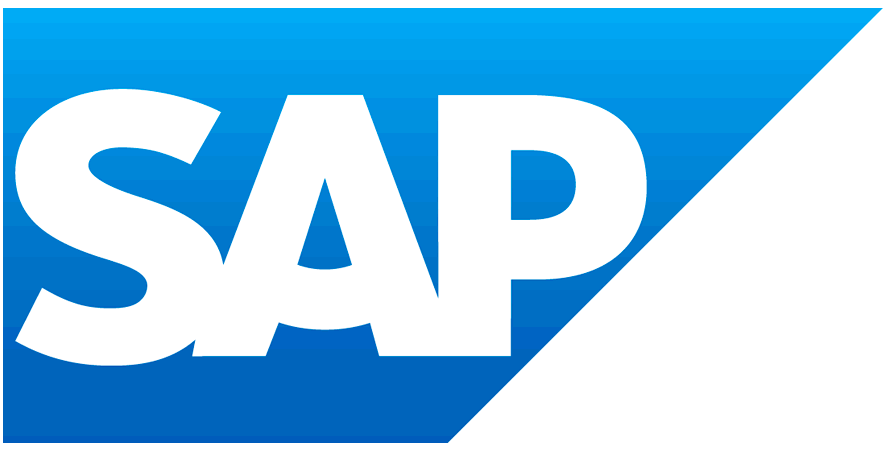2014 Integrated Report: SAP Quantifies Its Social and Environmental Performance

March 20, 2015 /3BL Media/ - SAP SE (NYSE: SAP) today released its integrated report for 2014, setting out the financial and nonfinancial factors that influence its performance. This year is the first time SAP has expressed in concrete monetary terms how changes in its employee engagement and employee health indexes affect its operating profit. Based on an internal model and various assumptions, the company has determined that its operating profit improves EUR35 million to EUR45 million when its employee engagement index rises one percentage point. For each percentage point in change in its business health culture index, the impact on operating profit is between EUR65 million and EUR75 million. The total number of key performance indicators (KPIs) with quantified financial impact has thus doubled, from two to four. SAP had already identified the gross effects for the employee retention and CO2 emissions KPIs in its two preceding integrated reports. Taking some year-on-year adjustments in the assumptions into account, a one percentage point change in employee retention impacts SAP’s operating profit by about EUR40 million to EUR50 million. And for every percent of greenhouse gas emissions saved, SAP achieves a cost avoidance of around EUR4 million.
“There’s a big difference in merely presuming a connection between our social and environmental performance and our operating profit and actually being able to quantify it,” said Luka Mucic, chief financial officer, SAP, who cites as an example the employee engagement index, which the company uses to measure the motivation and loyalty of employees. “Everyone agrees that companies with fully dedicated employees are more successful. But when you know that the two percent increase in our employee engagement index in 2014 translates into a gross profit increase of EUR70 million to EUR90 million, it’s a lot easier to convince your managers that employee engagement has to be given high priority.”
The internal models SAP uses for quantification take indirect effects in particular into account. Thus, the financial impact of a higher employee engagement index results, among other things, from the fact that dedicated employees are more innovative and absent from work fewer days. And because they are more loyal to the company, there is less missed revenue and less recruiting and training costs traditionally associated with higher fluctuation rates. Clearly, then, the various quantifications presented by SAP cannot simply be added up, because the different KPIs are closely linked and influence each other. The integrated report does not include assessment of the investments required to facilitate the change in non-financial factors. The financial effects described in the report therefore represent gross effects.
Increase in Business Health Culture Index Leads to Gross Effects of Roughly EUR200 Million
The business health culture index (BHCI) rose year-on-year from 67 percent to 70 percent. The impact of this change on SAP’s operating profit is between EUR195 million and EUR225 million. BHCI is an innovative measurement standard that provides information on the culture of organizational health at SAP. The index covers questions concerning how employees rate their personal well-being and the working conditions at SAP, including its leadership culture. SAP attributes the 3 percent increase over the previous year to more intensive leadership development efforts and the launch of the Employee Health Support Program, which, among other things, offers employees free health checks.
Top Marks for SAP in Employee Retention
In 2014, the employee retention rate at SAP worldwide was once again 93.5 percent. SAP does not seek a general retention rate of 100 percent, as it believes some turnover supports its ability to innovate.
SAP Reduces CO2 Emissions by Eight Percent
SAP's greenhouse gas emissions in 2014 came in at 500 kilotons of CO2 compared to 545 kilotons the year before. This 45-kiloton reduction in its carbon footprint is primarily due to its switch to renewable energy sources, as the company has been powering all of its data centers and facilities with 100 percent renewable electricity since early 2014. In addition to environmental performance within the company itself, for the first time SAP was also able to report CO2 benefits resulting from its EUR3 million investment in the Livelihoods Fund, which uses the invested money to restore essential mangrove forests. In 2014, SAP-financed forests bound nearly 12,000 tons of CO2.
For more information, visit the SAP News Center. Follow SAP on Twitter at @sapnews.
Media Contacts:
Daniel Reinhardt, +49 6227 7-40201, daniel.reinhardt@sap.com, CET
Bettina Wunderle, +49 7544 970-538, bettina.wunderle@sap.com, CET
Any statements contained in this document that are not historical facts are forward-looking statements as defined in the U.S. Private Securities Litigation Reform Act of 1995. Words such as “anticipate,” “believe,” “estimate,” “expect,” “forecast,” “intend,” “may,” “plan,” “project,” “predict,” “should” and “will” and similar expressions as they relate to SAP are intended to identify such forward-looking statements. SAP undertakes no obligation to publicly update or revise any forward-looking statements. All forward-looking statements are subject to various risks and uncertainties that could cause actual results to differ materially from expectations. The factors that could affect SAP's future financial results are discussed more fully in SAP's filings with the U.S. Securities and Exchange Commission ("SEC"), including SAP's most recent Annual Report on Form 20-F filed with the SEC. Readers are cautioned not to place undue reliance on these forward-looking statements, which speak only as of their dates.

